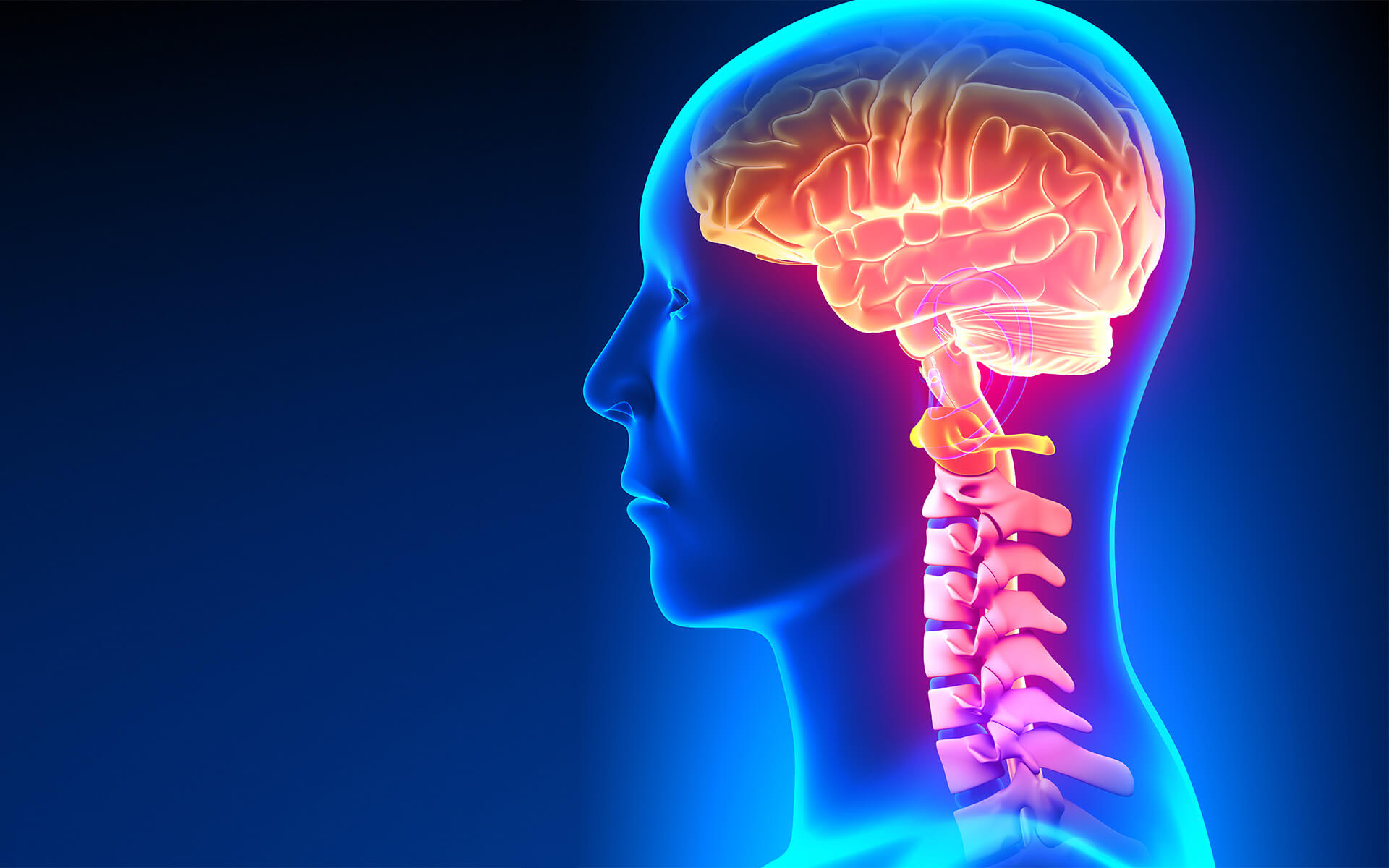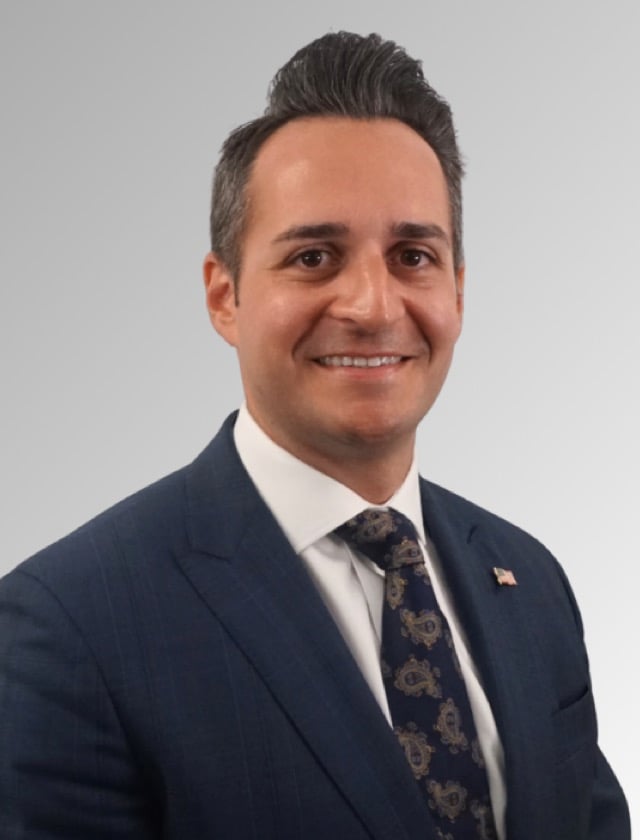Often confused with a migraine headache, a cervicogenic headache (CHG) is a type of headache that originates from problems in the neck, specifically the cervical spine (the upper portion of the spine in the neck). Cervicogenic headaches often feel like a dull, aching pain on one side of the head, and may be accompanied by neck pain, shoulder pain, and/or reduced range of motion in the neck.

Cervicogenic Headaches (CHG) Symptoms, Causes, & Treatments

What is a Cervicogenic Headache?
Symptoms
Migraine pain and symptoms will usually originate around the eyes or temple. Migraines may also bring light sensitivity, migraine with aura (tunnel vision, seeing stars, tingling sensations), or nausea. A cervicogenic headache typically originates from the neck and travels upward to the head and face. Both types of headaches tend to be unilateral (affecting only one side of the head) but can also be bilateral (affecting both sides). Additional symptoms of a cervicogenic headache include:
- Blurred vision in one eye
- Reduced mobility in the neck (stiff neck)
- Non-throbbing, dull pain in the head and neck region
- Pain in other areas, like the scalp, temple, and area around the ear
- Pain in areas below the neck, like the shoulder, arm, and in between the shoulder blades
Causes
Cervicogenic headaches can be caused by a variety of factors, including muscle strain or spasms, joint irritation, nerve irritation, and degenerative changes in the neck. They can also be triggered by poor posture, neck injury, or certain activities that involve prolonged neck strain, such as using a computer or phone for extended periods of time.
Diagnosing Cervicogenic Headaches
Like many headaches, a cervicogenic headache is usually diagnosed through a medical history, physical, and neurological examination. Your doctor will want to know when your headaches started, the location of the pain, and if you have a family history of headaches. To further diagnose your headache, additional testing may include:
- X-rays
- Magnetic resonance imaging (to rule out spinal cord pathologies)
- CT Scans (rarely)
- Nerve block: (for diagnosis treatment)
Cervicogenic & Migraine Headaches Treatment
A cervicogenic headache is thought to originate from the C1-C3 spinal nerves. Any inflammation or injury to the spine in the neck area (such as neck trauma, whiplash, or spasms of the neck or shoulder muscles) can lead to loss of motion, neck tenderness, and continual cervicogenic headache pain. The most effective treatment approach is to target the source of the pain – the C1-C3 spinal nerves.
Medications and Physical Therapy
In most cases of cervicogenic and migraine headaches treatment, patients will begin with more conservative treatment plans, such as anti-inflammatory and pain management prescriptions to see if that alleviates pain and improves mobility. Physical therapy methods for mobilizing the joints and relieving any pressure negatively impacting nerve function can also help alleviate cervicogenic headache pain.
TENS (Transcutaneous Electrical Nerve Stimulation) Therapy
The TENS technique uses a device to stimulate the nerves in the head or neck area by delivering a low-voltage current. During a TENS therapy procedure, the practitioner will place sticky padding containing the electrodes directly onto the areas where you are suffering pain. As the current is delivered, you'll feel a tingling sensation as the electrodes stimulate the sensory nerves.
Nerve Decompression Migraine Surgery
Migraine surgery is another form of treatment for cervicogenic headaches. Nerve decompression surgery is a minimally invasive procedure that targets nerves in the neck and head region. Nerve decompression surgery is typically done under general anesthesia as an outpatient procedure and can take 2 to 3 hours to complete. During the procedure, the surgeon will remove muscle, blood vessels, and tissue lining that affect nerve function. Multiple trigger points can be addressed in one procedure. Depending on how many nerve compression sites were targeted, recovery can take about 1 to 2 weeks. Most patients are able to return home the same day.
Our Doctors
Patient Stories
Find Migraine Surgery Near Me
Insurance Information
The Institute for Advanced Reconstruction participates in a wide range of insurance plans, including those listed below. However, each physician has their own accepted insurance and hospital affiliations. Before scheduling an appointment, please contact your insurance carrier to confirm that your provider is in-network.
If we are not an in-network provider, our friendly insurance specialists will help you find the most coverage available for your treatment.
- Horizon Blue Cross Blue Shield of New Jersey
- Medicare
- Railroad Medicare
- Aetna
- Cigna
- United Healthcare
- Oxford (Freedom, Liberty)
- MagnaCare
Related Articles
June is National Migraine and Headache Awareness Month | IFAR
All About Headaches
Surgery for Migraine Headaches Transforms Life of New Jersey Mother
New Study Confirms Surgery Relief for Headache Pain
Patient Resources
Learn more about what to expect when it comes to surgical procedures and treatments at the Institute for Advanced Reconstruction by visiting our patient resource page.
Am I a candidate for migraine surgery?
Several factors will determine whether you are eligible for advanced surgical treatments for cervicogenic headaches. Contact us today and schedule a consultation to find out.



